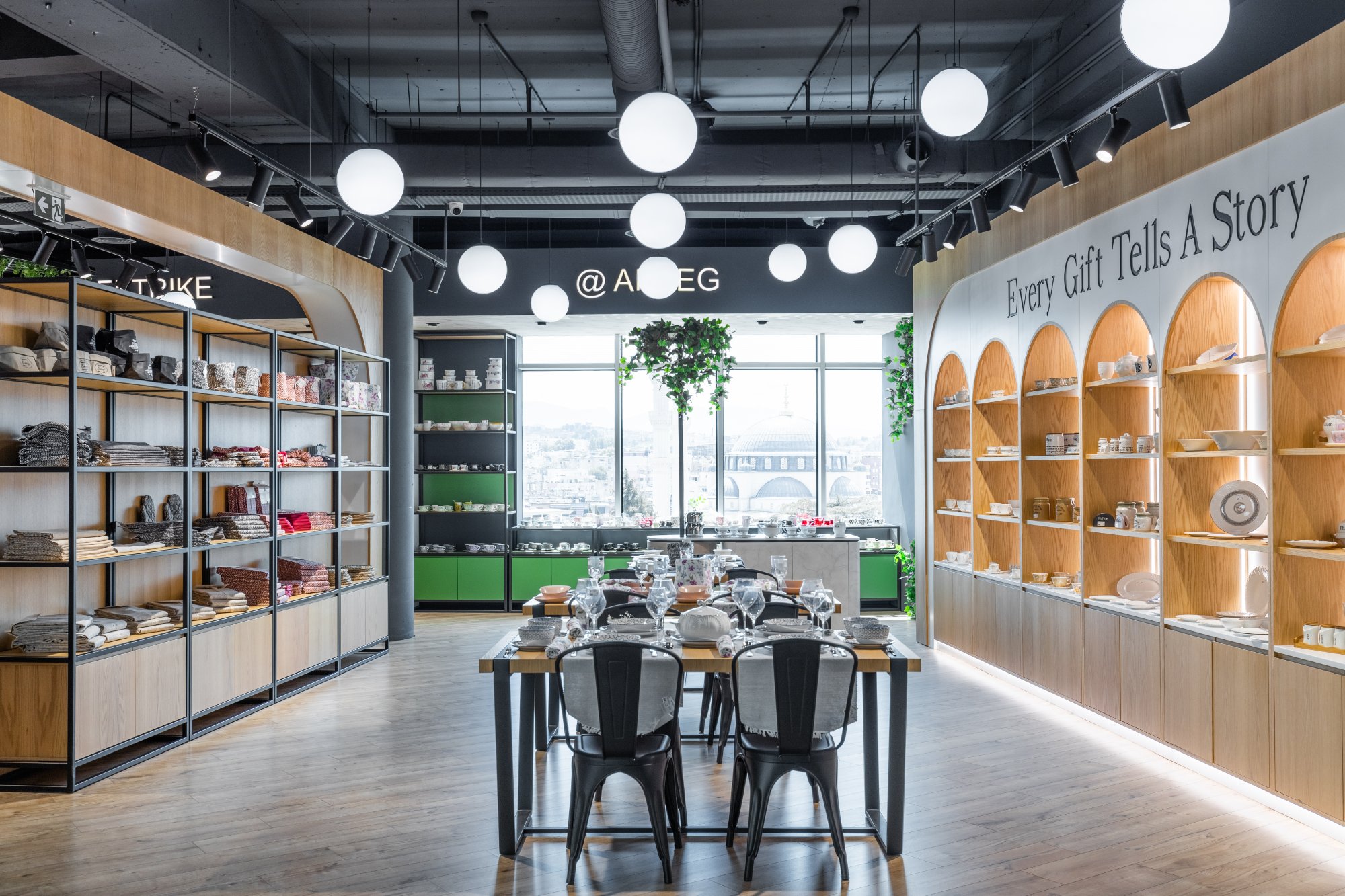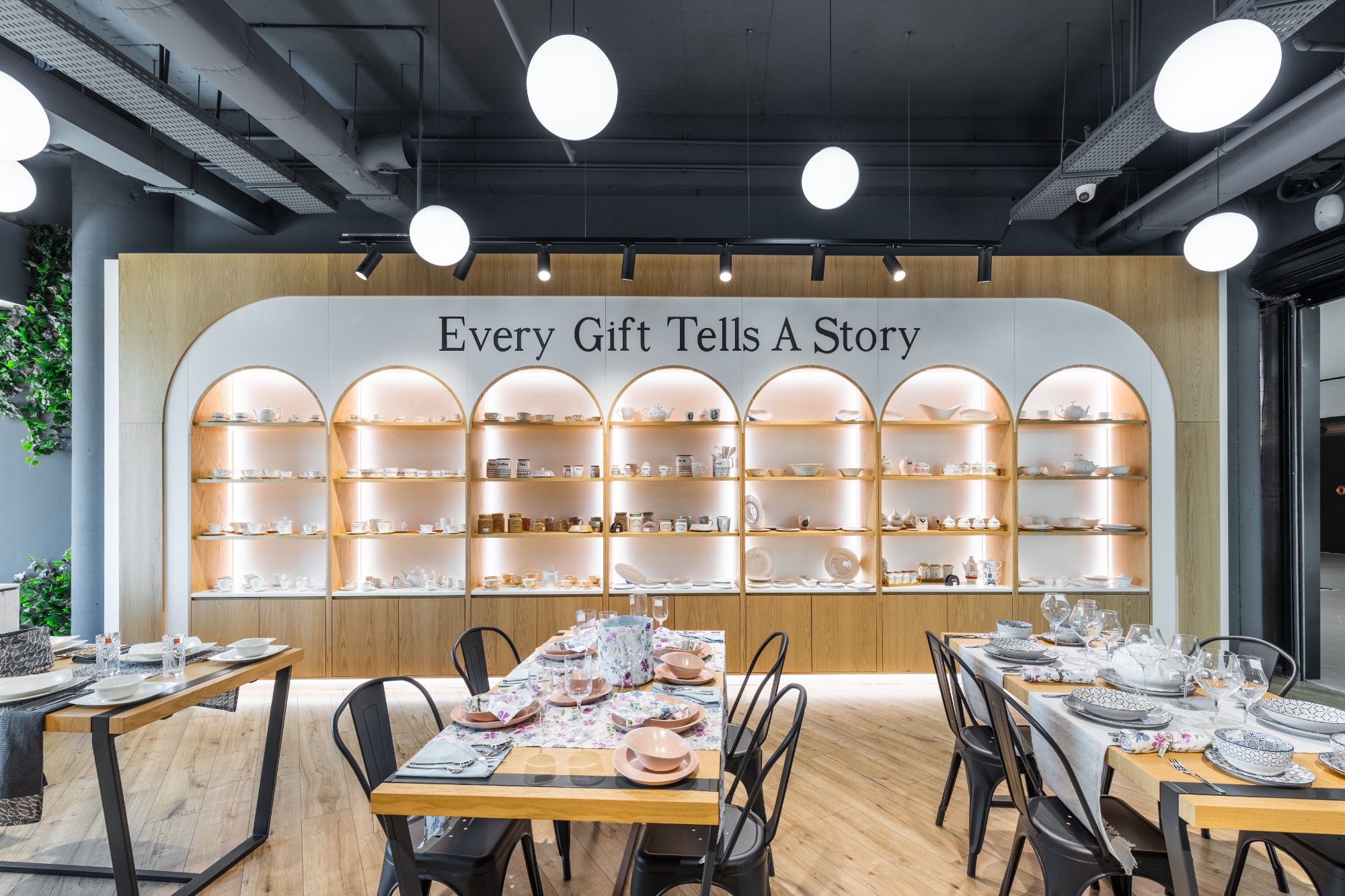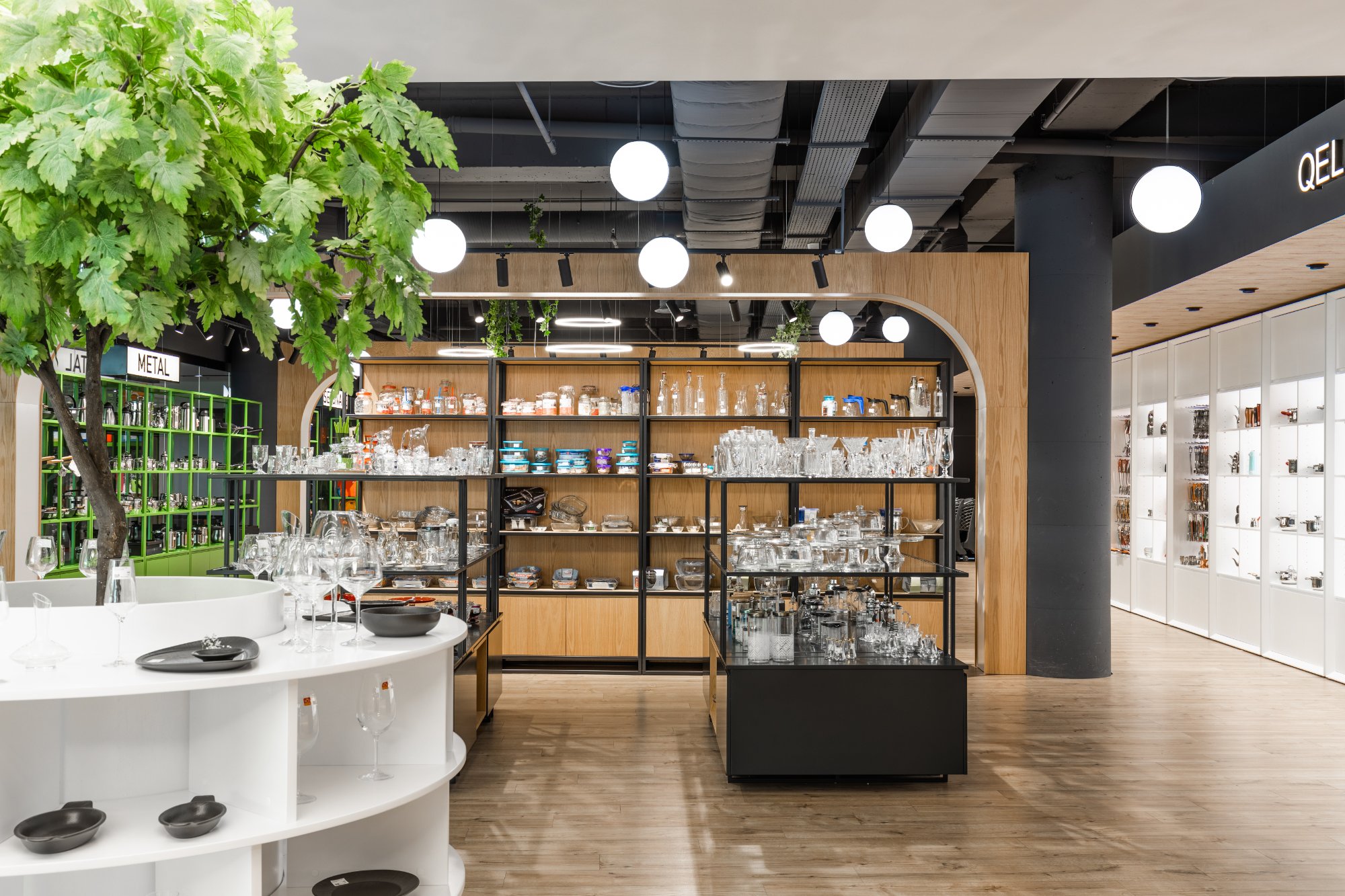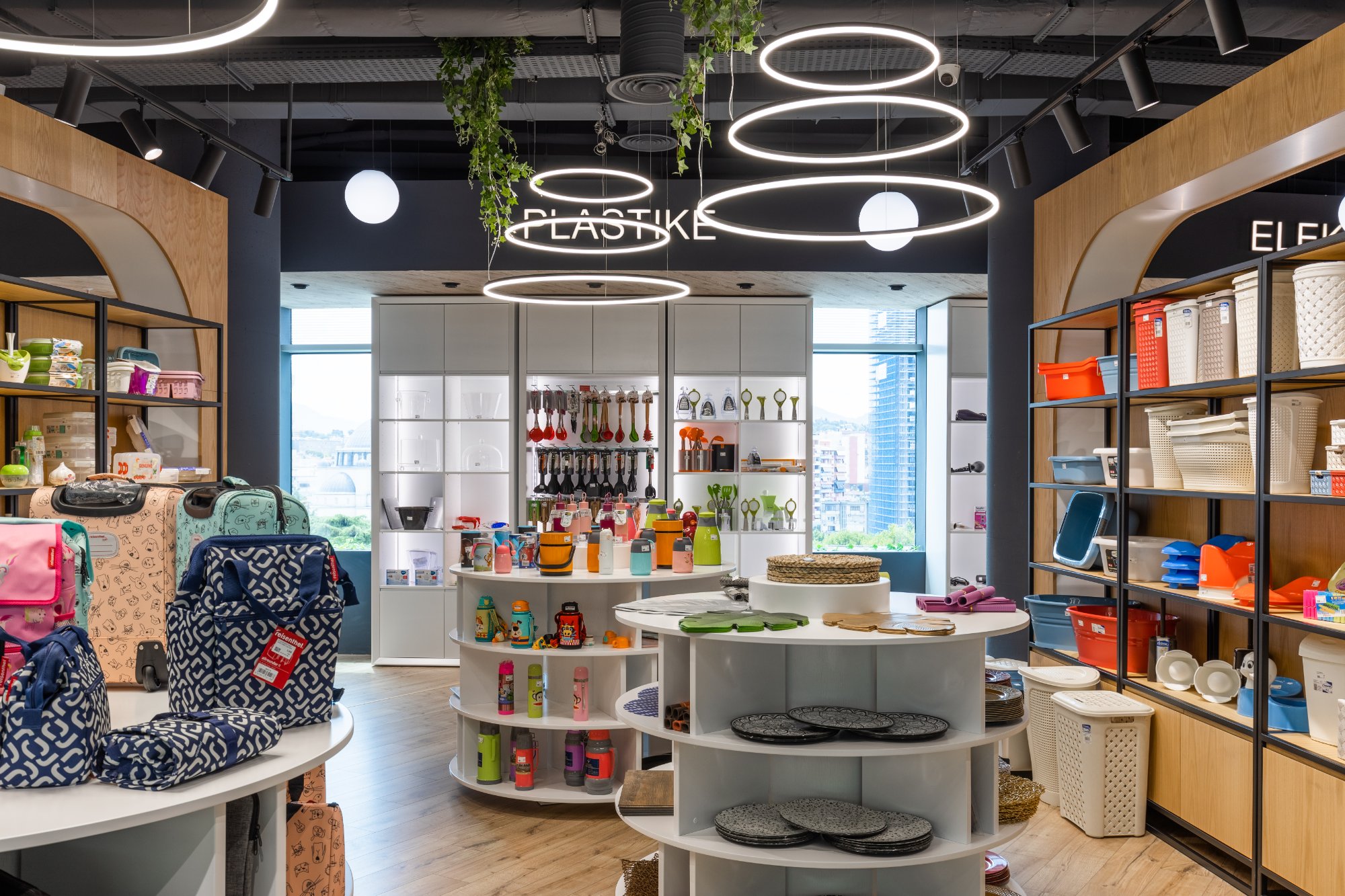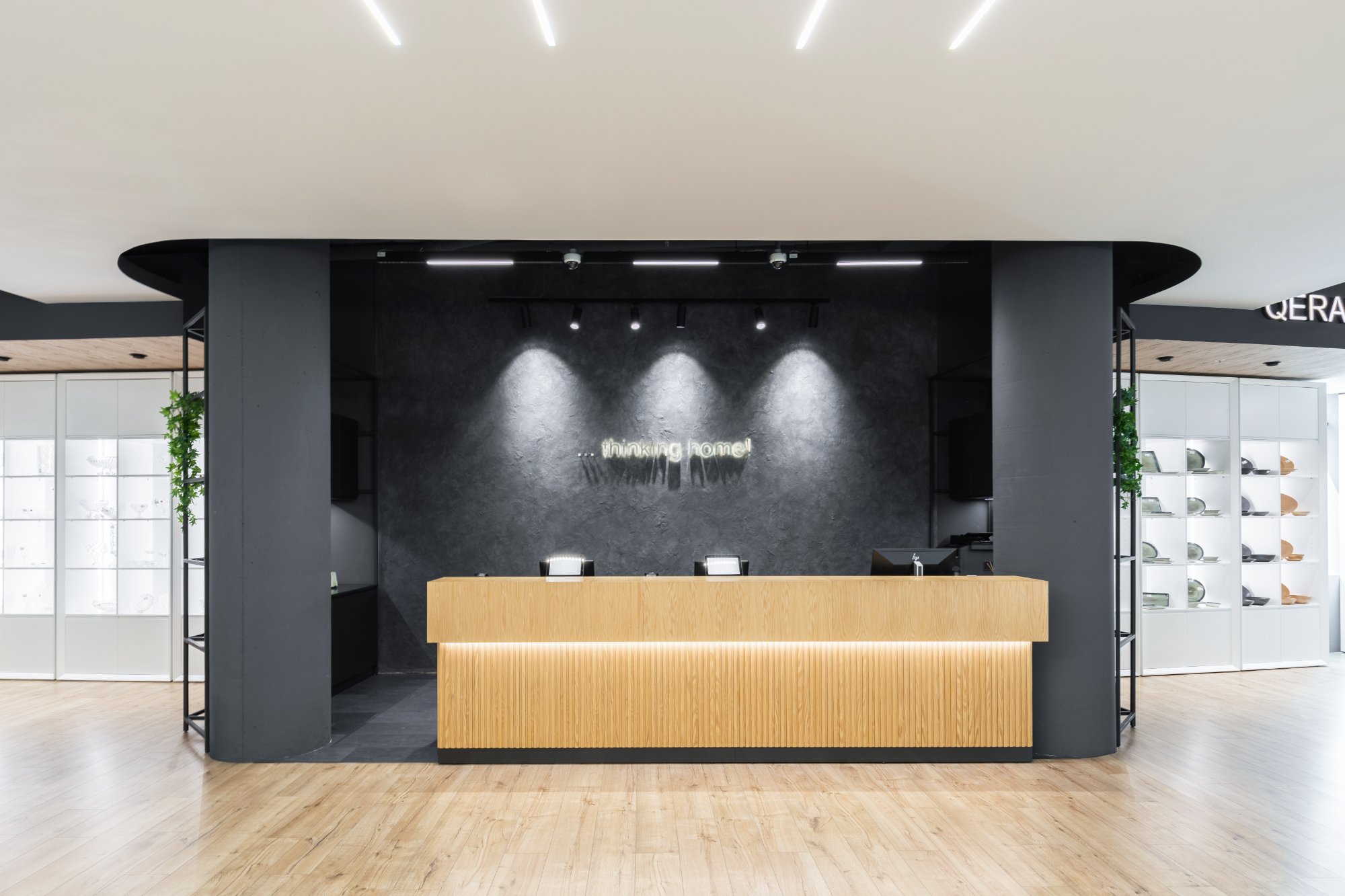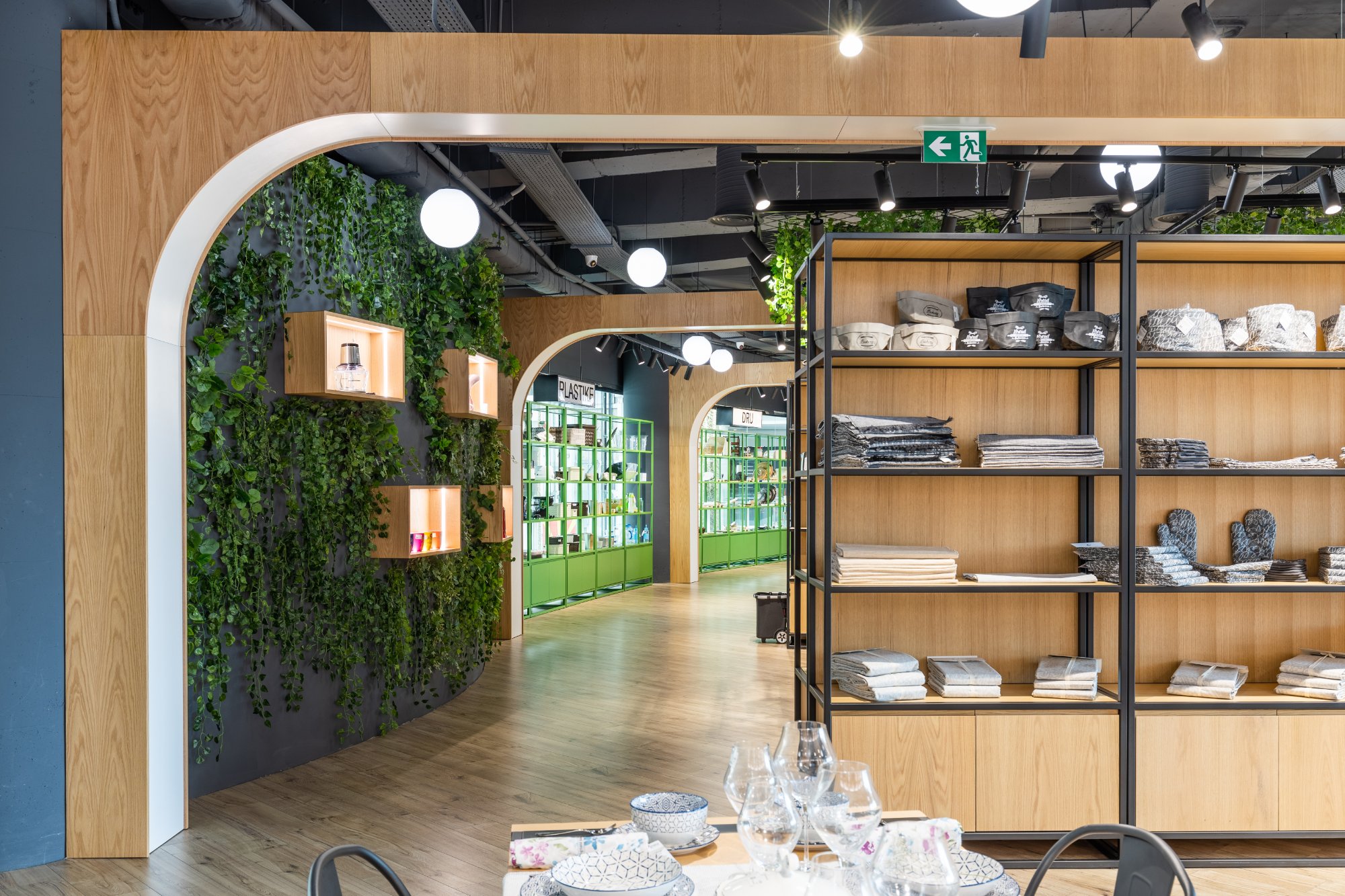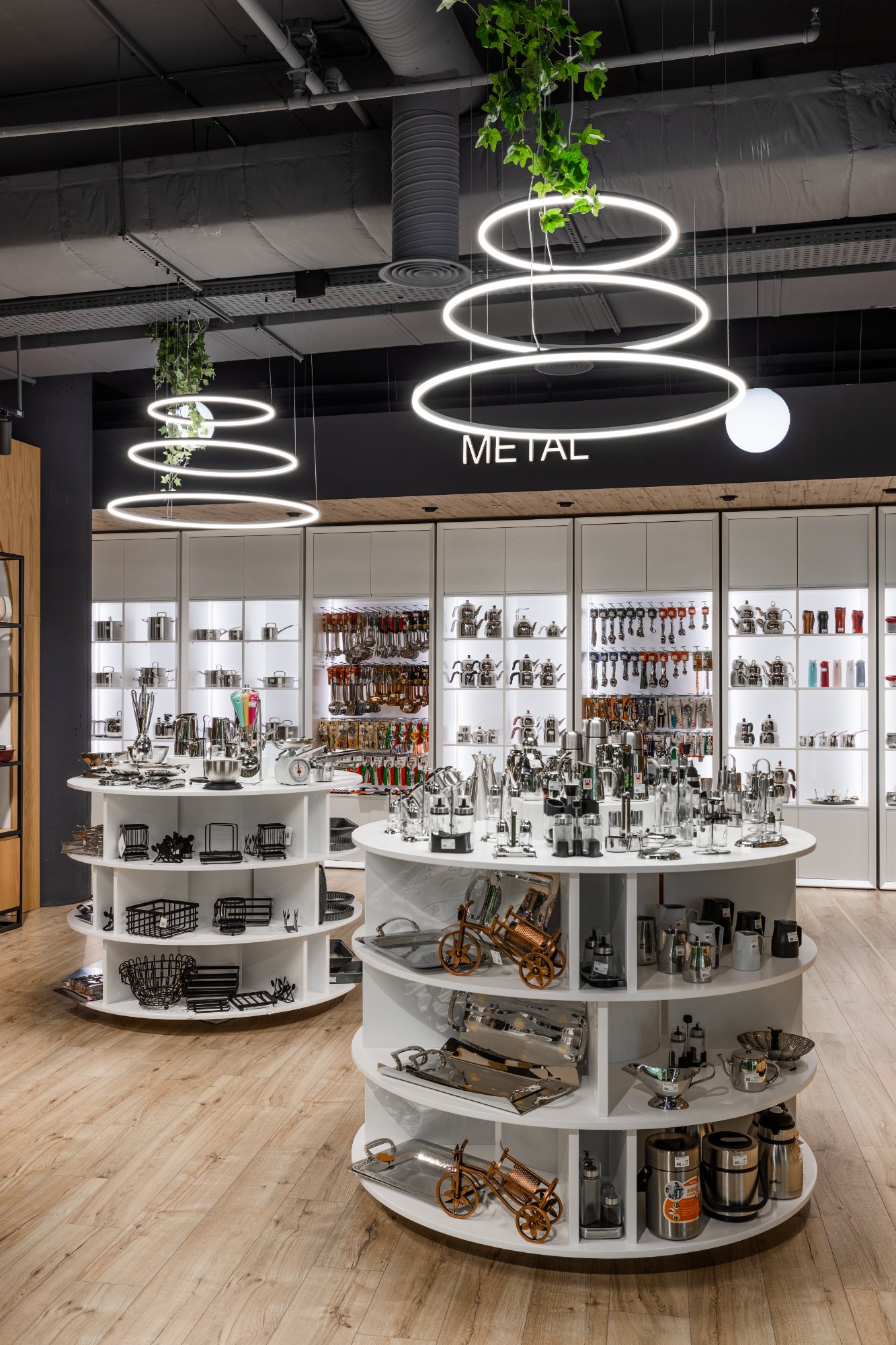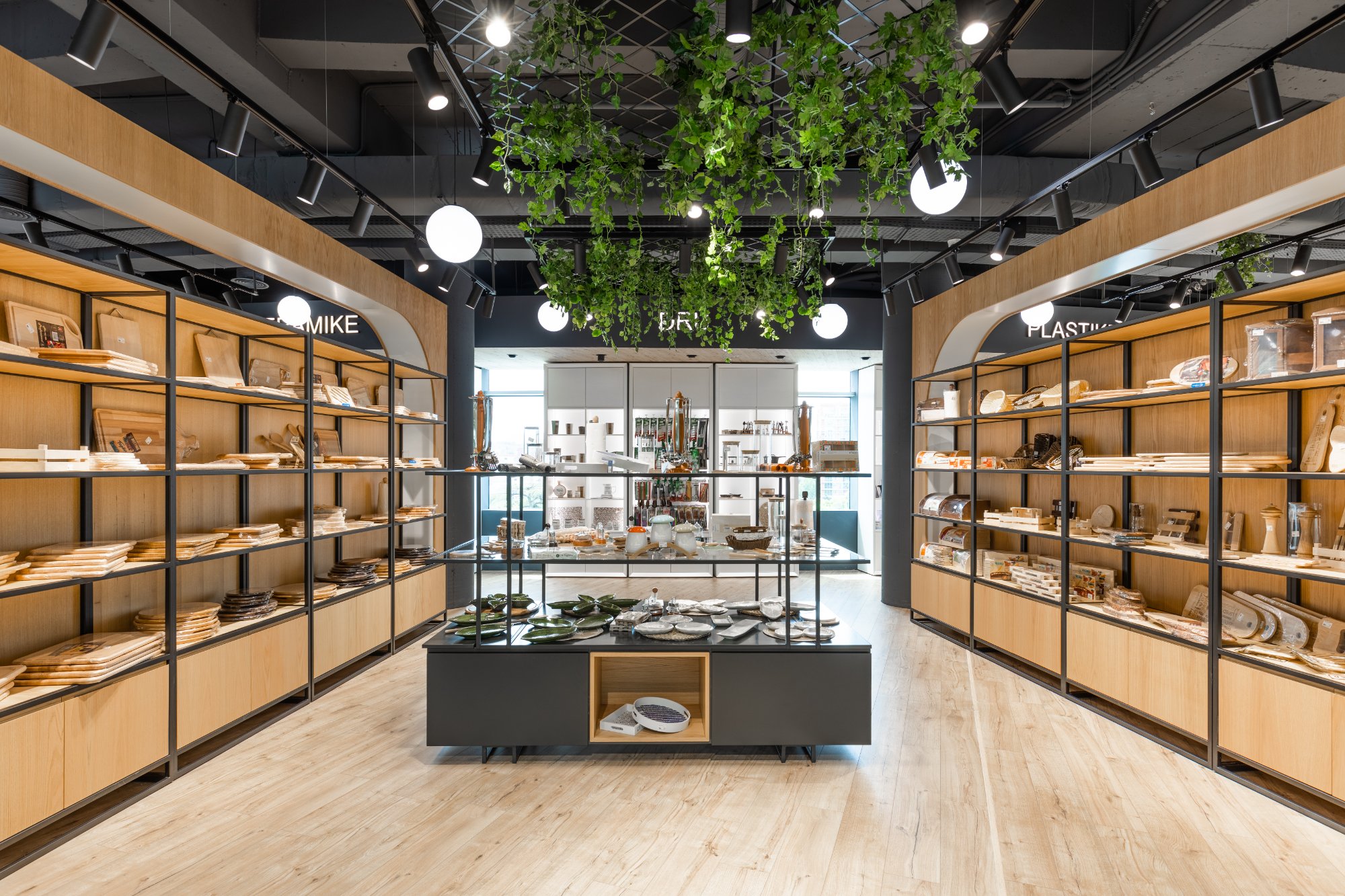Bringing your store to light!
There are aspects of a store that, at first glance, the customer does not perceive. We refer to the lighting. Not only the clients may not realize the value of good lighting but it is often an afterthought for the retailers too.
However, at Memo Lighting, as experts in lighting design, we want to shed some light, never better said, on this subject and, of course, offer you some tips for a perfect store lighting design.
Lighting is one of life’s brain teasers.
We will start this article with a very significant piece of information. According to data from the consulting firm Kissmetrics, when we look at an object, between 60 and 90% of the information that reaches us in the first 90 seconds is related to color.
Why is this information important?
Because colors provoke stimuli that can range from joy to sadness or illusion and fantasy and, therefore, they can condition our shopping experience. In a dark store, where it is difficult for us to even perceive the details of the product… it will be more difficult for us to buy than in one with a lot of light, bright colors and where when trying on the product, the light highlights our figure and we see ourselves better than even in our best mirror at home.
Therefore we can firmly say that delivering good lighting deserves greater attention.
Good lighting is more than just making sure the customer can see and interact with the merchandise. When designed and implemented correctly,
lighting will help determine and influence the customer’s mood while shopping.
To hear it from a retail expert on the lighting solution in place for his store, Mahesh Patel, Associate Vice President- Sales – EBO, Spykar Lifestyle Pvt. Ltd. says,
“We buy what we see. Lighting is a medium through which a buyer is able to see the brands merchandise. Light can create an ambience by varying its properties like colour temperatures (CCT), colour rendering index (CRI) and vivid beam angles.
This initiates buyer’s feel and emotions for the merchandise. Hence lighting is an integral part of store ambience.”
So, let’s dive into the factors you should consider when lighting retail spaces.
1. Lighting which connects brands with their customers.
Good lighting design works in harmony with a well-thought-store layout to align with the brand and to deliver a shopping experience that resonates with new and existing loyal customers. For example, the wide-open spaces in Apple Stores are easy to navigate with well-organized displays outside the store. Without cluttered furniture and displays, there is a welcoming college classroom feel to every Apple store.
2. Using different layers of light in different areas of a retail outlet.
Lighting should be designed in layers. This approach can improve the customer experience by developing depth and contrast in-store. Layering light involves carefully choosing appropriate fixtures for specific use while delivering flexibility for some fixtures to be adjusted.
A good lighting scheme will have a juxtaposition of all five layers of light, which include:
Accent – Directly illuminates and visually elevates merchandise, usually through spotlights.
Ambient/Background – Base level lighting that generally illuminates circulation zones and merchandise via a soft wash, and provides safe and functional illuminance levels.
Feature/Decorative – Illuminated display cases, wall lights, floor lamps, chandeliers etc. No matter of the form, it has one main role: to create feature that draws the eye into the space. This layer can also represent a brand and give it character, and when used alongside architectural lighting it can be a cost-effective way to fit-out a large store with an impactful brand standard.
Audiovisual – Light emitted from video screens. Lighting and digital media are becoming one and the same so audiovisual lighting, where relevant, should be amalgamated into the lighting scheme.
Signage / Wayfinding – the eye is always drawn to the brightest point in a space, so for successful navigation considered illumination of signage is important, whether it’s integrated or onto it.
What is vital when designing lighting for a retail space is to ensure that we create foreground, mid-ground and background. That’s because the eye is always drawn to the brightest point so if we make the back of the retail space the brightest point, suddenly that store becomes more permeable, visually interesting and welcoming.
– Mr Paul Nulty Founder of Architectural Lighting Design Consultancy, Nulty.
3. Beware of illumination that’s over-exaggerated.
Designers are usually wary of introducing too much volume of light. There are subtleties and sensibilities to consider when adding light to create contrast and drama. Identifying how the light will be positioned – up, down, backlit, side-lit – will determine which lighting product is best to suit a client’s needs. There is a multitude of fixtures to choose from with a diverse range of lighting effects. From track lighting and surface mounted fixtures, to adjustable and recessed spots. From pendants and reels, to suspended hanging fixtures and full room luminous ceilings. The level, direction and distribution of illumination which each solution offers are usually unique.
4. CRI performance.
CRI is used to represent how well a light source renders the colors of objects that it illuminates. A measure of CRI 100 is the maximum measurable value and equivalent to daylight. For best performance, the minimum recommended CRI for general LED lighting and direct lighting applications is typically 90+, whereas backlit and indirect lighting will require CRI 80+.
5. Color Temperature.
The tone plays a major role in setting the ambiance of a space. So, it’s important to choose the color temperature considering the business type. For example, a massage parlor will likely opt for warmer tones to set a welcoming mood, where a hardware store will probably choose cooler tones to increase visibility and give a sense of cleanliness.
Bottom Line
Designing a retail store lighting scheme involves many factors, including bulbs and fixtures and accent, task, decorative, and ambient lighting. Using the process and tips covered above, you are ready to develop a retail lighting plan that keeps your space visible and enhances both your customer experience and your brand. An example of optimal store lighting design is Arteg Master Piece, and you can see why in the link below:

